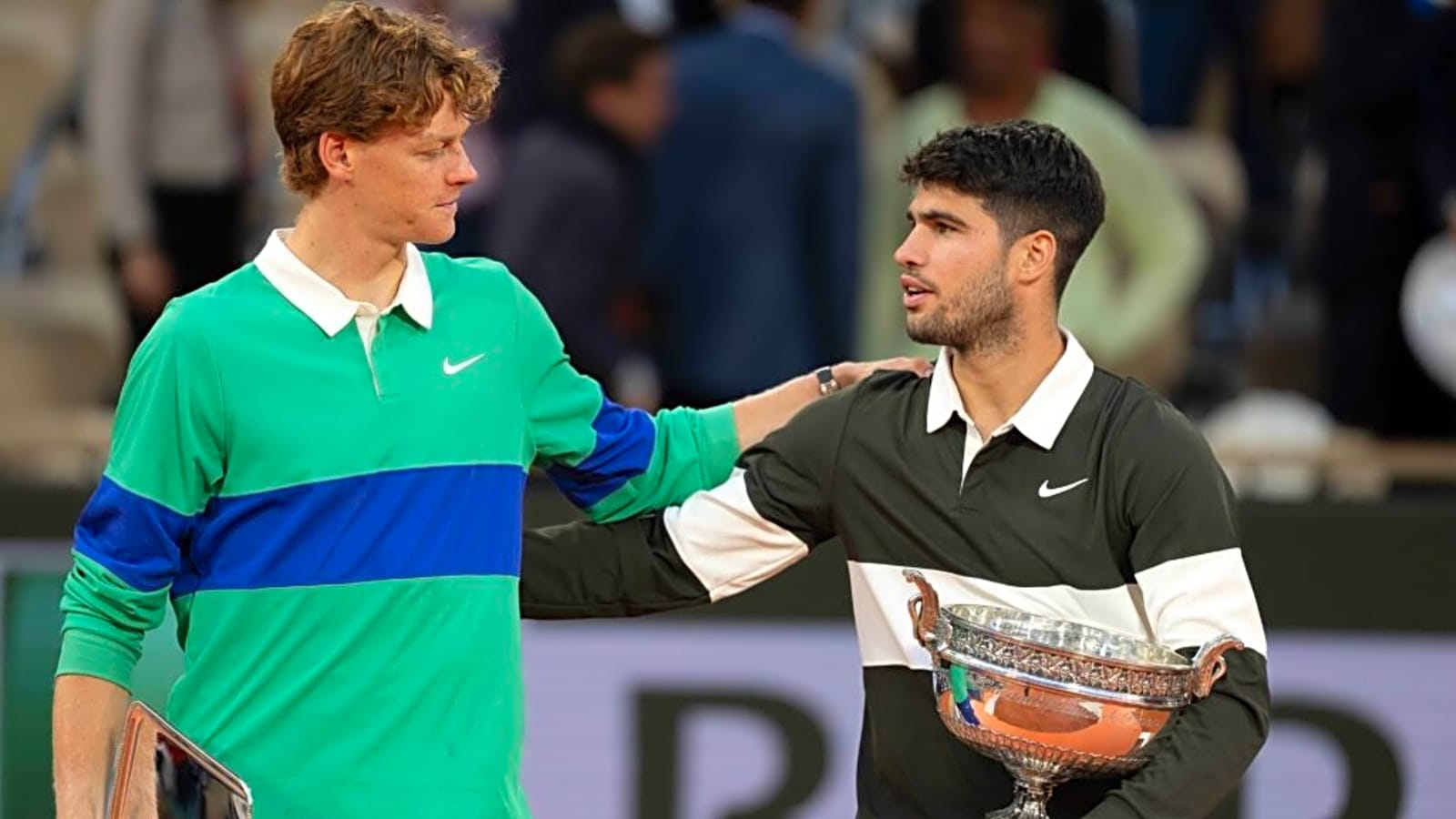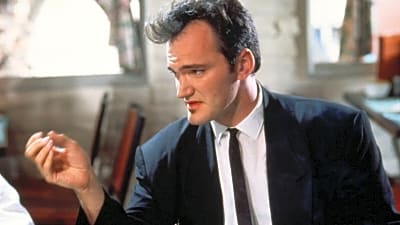
Much has been written about the dominance of Jannik Sinner and Carlos Alcaraz in the modern game. The 24-year-old Sinner and 22-year-old Alcaraz have combined to win every Grand Slam over the last two seasons. Sinner has reached five consecutive Grand Slam finals (winning three of them, and four majors overall). Alcaraz has appeared in five of the last eight Grand Slam finals and is already a six-time champion.
The question on many tennis fans’ minds is: how long will their dominance last? When healthy, Sinner and Alcaraz look unstoppable—not just on one type of surface or venue, but across all of them. That’s why the recent debate, sparked by Roger Federer and continued by top-10 player Alexander Zverev at this week’s ATP Shanghai Masters, feels a bit misplaced.
Dominance Across Surfaces
Rafael Nadal was known as the “King of Clay,” Roger Federer made Wimbledon his kingdom, and Novak Djokovic has likely secured his place as the greatest player of all time—owning the record for most Grand Slams (24), most weeks at No. 1, and the most year-end No. 1 finishes (13). For Sinner and Alcaraz to match the accomplishments of these “Big Three” legends, they’ll need to sustain their success well into their 30s. Yet, based on current form, there’s not a surface or venue where either looks uncomfortable—except, perhaps, when facing each other.
Sinner’s toughest Grand Slam has been the French Open; the high bounce and slower pace of clay don’t fully suit his flat, powerful game. Even so, he’s 22–6 in Paris and just reached his first final there. At the Masters 1000 level, the only titles missing from his collection are Monte Carlo and Rome. Alcaraz, by contrast, has won every Masters title except Shanghai (where he withdrew this year) and has lifted trophies at all Grand Slams except the Australian Open—where his 11–4 record lags behind his dominance elsewhere. Perhaps the early-season timing doesn’t suit him, but otherwise, Alcaraz has proven himself a force on all surfaces, and there’s still plenty of time for him to win more Melbourne matches.
At their age, it’s remarkable to have two all-court players already this successful. Alcaraz blends power, speed, and athleticism with tactical intelligence. Sinner’s heavy baseline game, featuring lethal forehands and top spin backhands, is backed by his adaptability and poise under pressure.
The Intimidation Factor
The ongoing debate about court speeds—affected by surface measurement, ball type, weather, and year-to-year variation—misses a larger point. The real key to Sinner and Alcaraz’s dominance is psychological. They don’t just hit the ball better with modern equipment; they deliver under pressure, again and again. That relentless execution discourages opponents long before the final point is played. With Alexander Bublik famously comparing Sinner to an AI generated player.
Zverev, for example, has become known for on-court stress, while Daniil Medvedev’s brilliance has frequently been undermined by mental lapses. Alex de Minaur, though outstanding on hard courts, has yet to reach a Grand Slam semifinal. The composure and fearlessness of Sinner and Alcaraz set them apart—their ability to stay mentally unshaken defines their edge. Their dedication to the sport, and the way they constantly challenge themselves. It’s unrealistic to think any surface, even fast wood or carpet surfaces, would actually undermine Alcaraz or Sinner’s advantages.
A Remarkable Record Against Top 10 Players
Facing the world’s best, Sinner and Alcaraz often win the psychological battle before the first serve. Consider Sinner’s 2024 record: 18–5 against top-10 players, with three of those losses to Alcaraz. His only other defeats were to Andrey Rublev in Canada and Daniil Medvedev in a five-set Wimbledon thriller. In 2025, Sinner is 8–0 against top-10 opponents not named Alcaraz—dropping just one set, to de Minaur in Beijing.
Alcaraz’s 2024 record was 12–5 against the top 10. His losses came to Casper Ruud and Zverev at the Tour Finals, Djokovic at the Olympics, Zverev in Australia, and Rublev in Madrid. In 2025, Alcaraz stands at 13–3, with defeats to Djokovic in Australia and Taylor Fritz at the Laver Cup—though he quickly avenged that loss in Tokyo the following week.
The only players to consistently trouble the pair are Djokovic, still formidable in his late 30s , and Rublev, a competitor with elite talent who curiously has yet to advance beyond a Grand Slam quarterfinal. Other names like Ben Shelton, Holger Rune, Jack Draper, and Fritz have shown flashes but remain unable to consistently challenge and defeat “Sincaraz.”
The Difference: “Mamba Mentality”
Across sports, greatness is defined not just by skill or athleticism, but by consistency and clutchness—the psychological drive to perform under pressure. Sinner and Alcaraz, like Djokovic, Nadal, and Federer before them, embody what Kobe Bryant famously called the “Mamba Mentality.” It’s the same mental edge seen in legends like LeBron James, Michael Jordan ( “I took that personally” ), Tiger Woods, Lionel Messi, Cristiano Ronaldo, Muhammad Ali, Tom Brady, Michael Schumacher, and Usain Bolt. Ronaldo famously said he “fights against his mind every day” to become great. Ali said “The fight is won or lost far away from witnesses — behind the lines, in the gym, and out there on the road, long before I dance under those lights.”
Talent matters—but the ability to execute when it counts most defines champions. Despite being under 25, Sinner and Alcaraz already display that rare mentality shared by the greatest in sport. The rest of the ATP field, including players like Zverev, would do well to focus less on court speed and more on cultivating the mental fortitude required to achieve true greatness, day in, day out, in training, and in matches. Perhaps the steady rise of Djokovic in the sport, can inspire them.
More must-reads:
- CFB Week 6 winners, losers: Miami may be the best team in the country
- Dolphins' situation with Tyreek Hill is complicated, but they have a firm stance on his future
- The 'MLB playoff debut strikeouts leaders' quiz
Breaking News
Trending News
Customize Your Newsletter
 +
+
Get the latest news and rumors, customized to your favorite sports and teams. Emailed daily. Always free!








